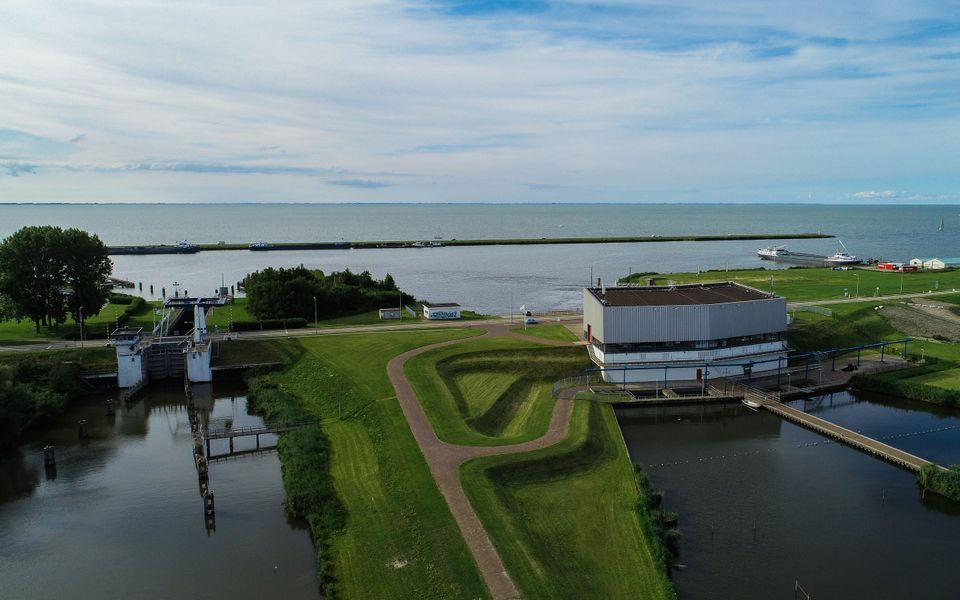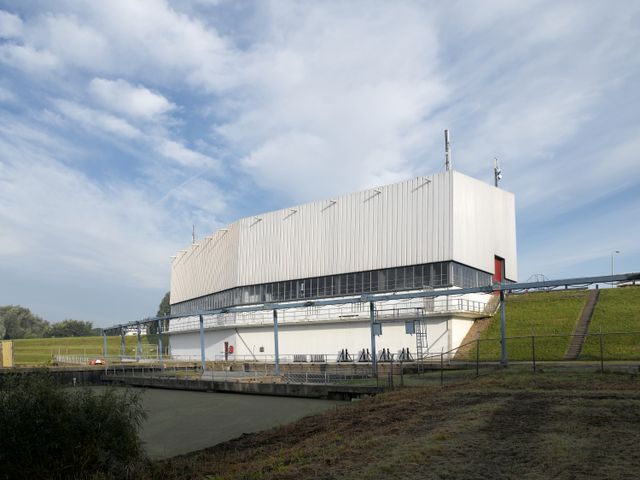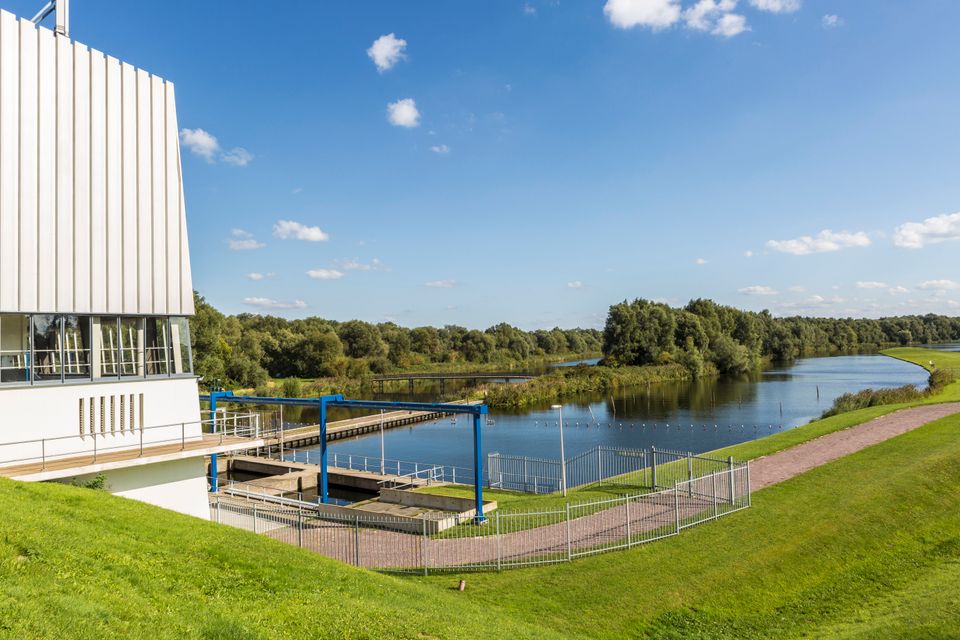The De Blocq van Kuffeler pumping station

The De Blocq van Kuffeler pumping station may be Flevoland’s ‘youngest’, but it is also one of the largest of its kind in the world. It has four identical electric engines, which jointly pump out 3.2 million litres of water per minute from the polder. Queen Juliana officially switched the pumping station on on 18 October 1967. It managed to drain South Flevoland in as little as seven months; the polder officially became dry land on 29 May 1968.
The pumping station is named after civil engineer Dr. V.J.P. de Blocq van Kuffeler (1878-1963), who played an important part in the Zuiderzee works and who was also Chairman of the Zuiderzee Council.
One of the largest pumping stations in the world
De Blocq van Kuffeler i…
The De Blocq van Kuffeler pumping station may be Flevoland’s ‘youngest’, but it is also one of the largest of its kind in the world. It has four identical electric engines, which jointly pump out 3.2 million litres of water per minute from the polder. Queen Juliana officially switched the pumping station on on 18 October 1967. It managed to drain South Flevoland in as little as seven months; the polder officially became dry land on 29 May 1968.
The pumping station is named after civil engineer Dr. V.J.P. de Blocq van Kuffeler (1878-1963), who played an important part in the Zuiderzee works and who was also Chairman of the Zuiderzee Council.
One of the largest pumping stations in the world
De Blocq van Kuffeler is one of the largest pumping stations in the world when measured in discharge head and capacity. The pumping station has been supplied with three emergency generators: one of 80 KVA for the pumping station’s emergency power installation and two of 1540 KVA to supply two of the installation’s pumps in the event of a power failure.
“The high canal entangled
with the lower canal whirling
in a wild water tango
up to the markermeer”




